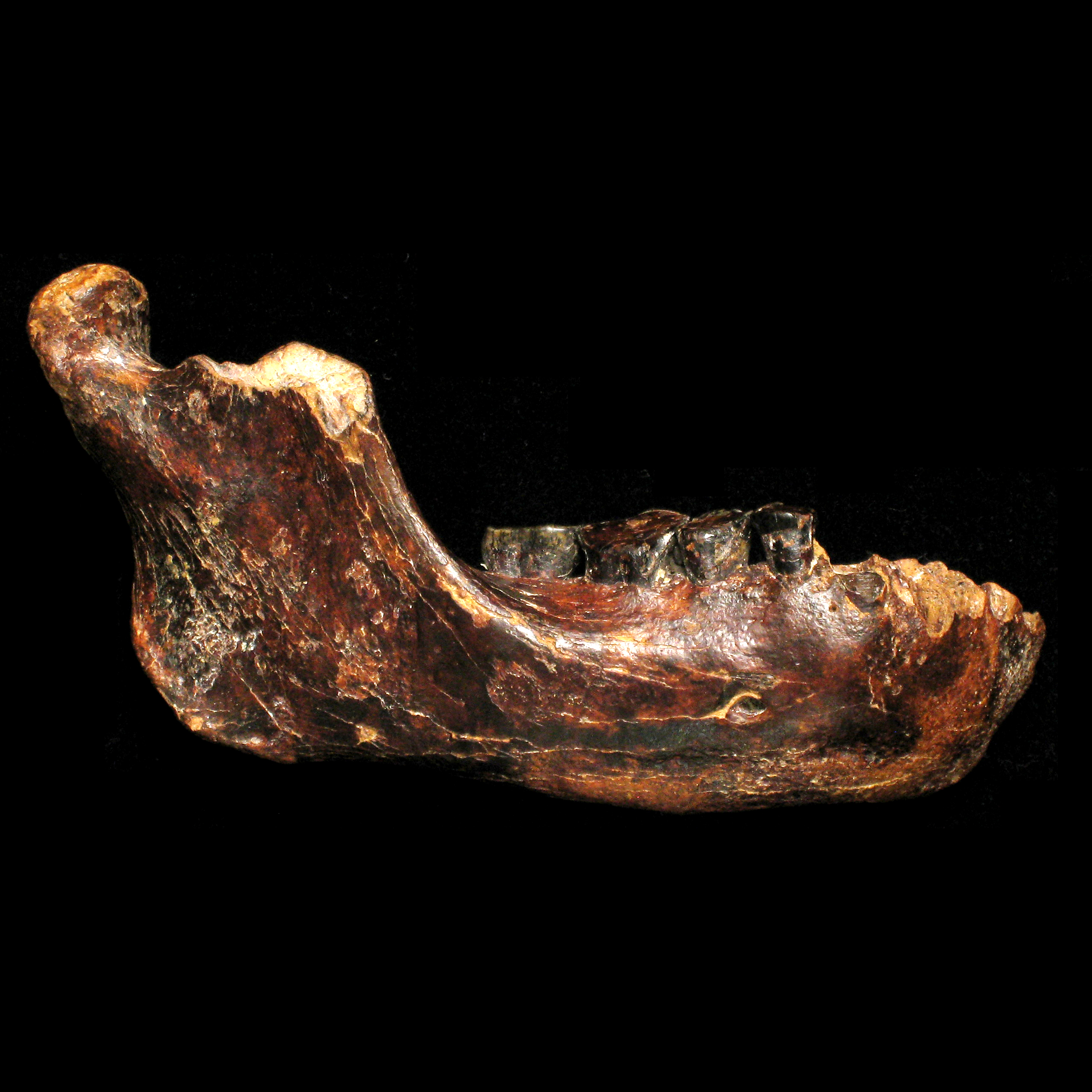A Pleistocene Denisovar has been identified in Taiwan
2025/04/14 Galarraga Aiestaran, Ana - Elhuyar Zientzia Iturria: Elhuyar aldizkaria

A Pleistocene mandible found in Taiwan has been shown to belong to a denisovar by a paleoproteomic study. The discovery shows that the Denisovans lived in a variety of climatic areas, from the icy mountains of Siberia to the temperate and humid jungles of Taiwan.
Recent research has shown that during the Pleistocene different human groups lived in East Asia before the arrival of the sapiens. Among them are the Denisovans. They were first found in Siberia, and then it was discovered that they had hybridized with the Neanderthals and the Sapiens. In any case, direct evidence of Denisovans has not been found outside Siberia until now, except in Tibet.
It has now been shown that the mandible of a hominin found in Penghu (Taiwan Canal) is that of a male Denisovar. To do this, they have recovered the protein from the bone and enamel of the teeth and, genetically analyzed, they have found a protein variant that is specifically denisovarren: Amino acid 4,241.
Also morphologically, the jaws and molars are similar to those found in Siberia: strong and strong. The researchers believe that these characteristics are likely to be specific among Denisovar males. The study was published in the journal Science.

Gai honi buruzko eduki gehiago
Elhuyarrek garatutako teknologia






